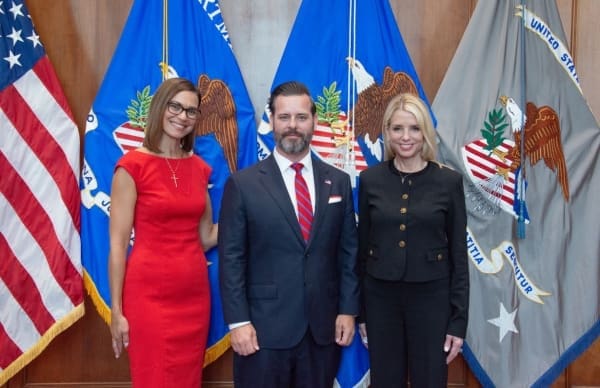Recent estimates suggest that one in every 31 children in the United States is diagnosed with autism, according to data released by the Centers for Disease Control and Prevention (CDC). This represents an increase from the previous estimate of one in 36, underscoring a continuing trend of rising autism diagnosis rates.
The CDC’s data is drawn from health records in 14 states and Puerto Rico collected in 2022. The findings reveal that boys continue to be diagnosed with autism more frequently than girls, with the highest rates observed among boys who are Asian/Pacific Islander, Native American/Alaskan Native, and Black.
To assess autism prevalence, the CDC examined health and school records of eight-year-old children, the age by which most diagnoses are made. While other researchers offer different estimates, the CDC’s figures are considered the most comprehensive and reliable.
Autism, a developmental disability caused by differences in the brain, presents a variety of symptoms, often overlapping with other diagnoses. These can include language and learning delays, social and emotional withdrawal, and an unusual need for routine. Historically, autism diagnoses were rare and typically reserved for children with severe communication or social difficulties and repetitive behaviors.
In the early 1990s, the term “autism spectrum disorders” emerged, covering a broader range of related, milder conditions. This expansion led to a noticeable increase in diagnosed cases. By the early 2000s, the estimate was one in 150, climbing to one in 44 by 2018, and one in 36 by 2020.
Health authorities primarily attribute the increase in autism diagnoses to improved recognition and screening. Autism is diagnosed based on behavioral assessments since no blood or biological tests exist. The growth in autism-related treatment and services has been significant.
About two decades ago, studies by the CDC and other agencies ruled out childhood vaccines as a cause of autism. Subsequent research has explored other potential factors, such as genetics, parental age, maternal weight and diabetes, and exposure to certain chemicals. Some researchers theorize that a biological predisposition triggered by toxic exposure could be a contributing factor.
Anti-vaccine advocates, including Robert F. Kennedy Jr., continue to focus on childhood vaccines, particularly a preservative called thimerosal, which is no longer present in most vaccines. However, multiple studies, including those involving CDC authors, have found no link between vaccines and autism.
Recently, Kennedy announced a significant testing and research initiative by the U.S. Department of Health and Human Services (HHS) involving hundreds of scientists worldwide to identify the causes of autism within six months. He also vowed to eliminate potential exposures contributing to the condition.
Both Kennedy and President Donald Trump referenced the CDC’s recent estimate of one in 31 during a White House meeting. Additionally, Kennedy discussed the statistic in a meeting with U.S. Food and Drug Administration (FDA) officials. Kennedy’s comments followed reports of his hiring of David Geier, who has controversially claimed a link between vaccines and autism, to lead autism research. Geier’s involvement has drawn criticism, particularly since he was found providing medical care without a license in Maryland.
Your World Now
The rising prevalence of autism diagnoses in the United States has implications for families, healthcare systems, and educational institutions. Recognizing the signs of autism early can lead to timely interventions, which are crucial for the developmental progress of affected children. Consequently, parents and caregivers may need to be more vigilant in observing developmental milestones and seek evaluations if concerns arise.
The increasing number of diagnoses also puts pressure on healthcare and educational resources. Schools may need to adapt by offering more specialized programs and support services for children on the autism spectrum. Additionally, healthcare providers may require additional training and resources to accurately diagnose and manage autism.
Public awareness and understanding of autism are likely to grow as more children are diagnosed, potentially leading to greater advocacy and improved policies to support affected individuals and their families. The focus on research and understanding the underlying causes of autism may result in advancements that benefit not only those directly affected but also contribute to broader societal health and wellbeing.












